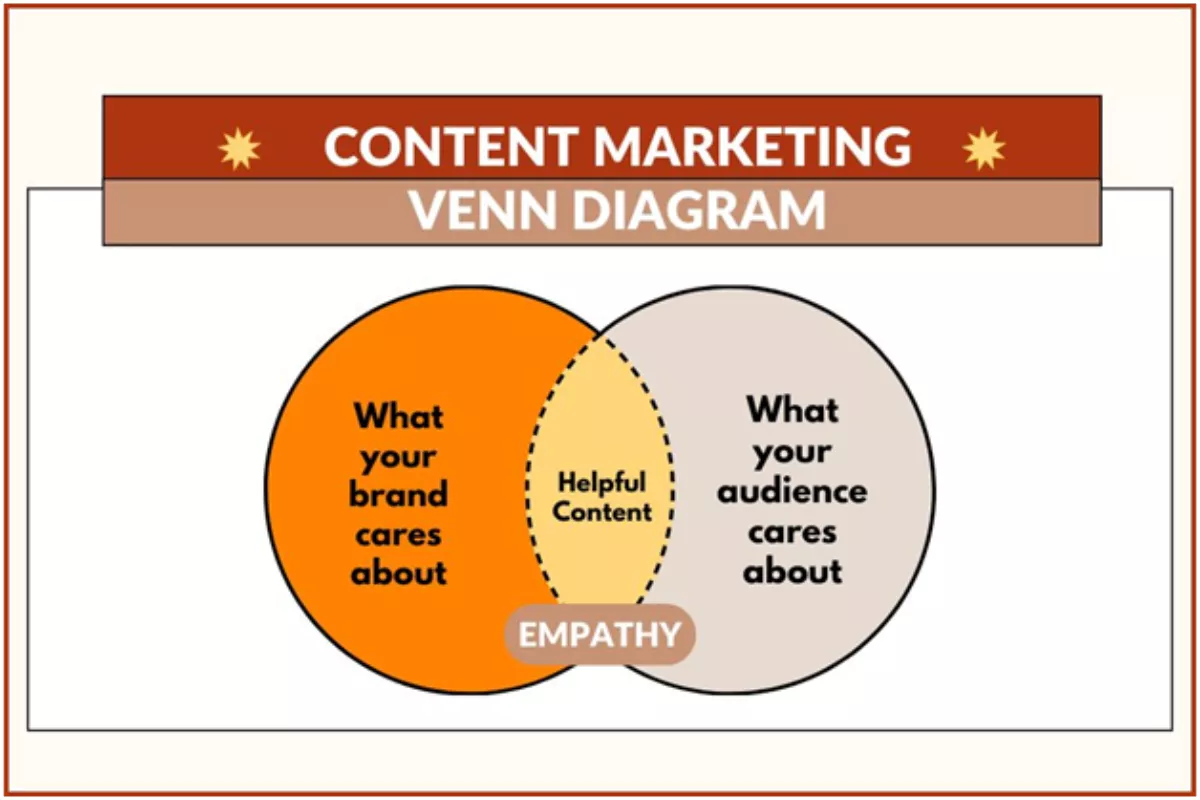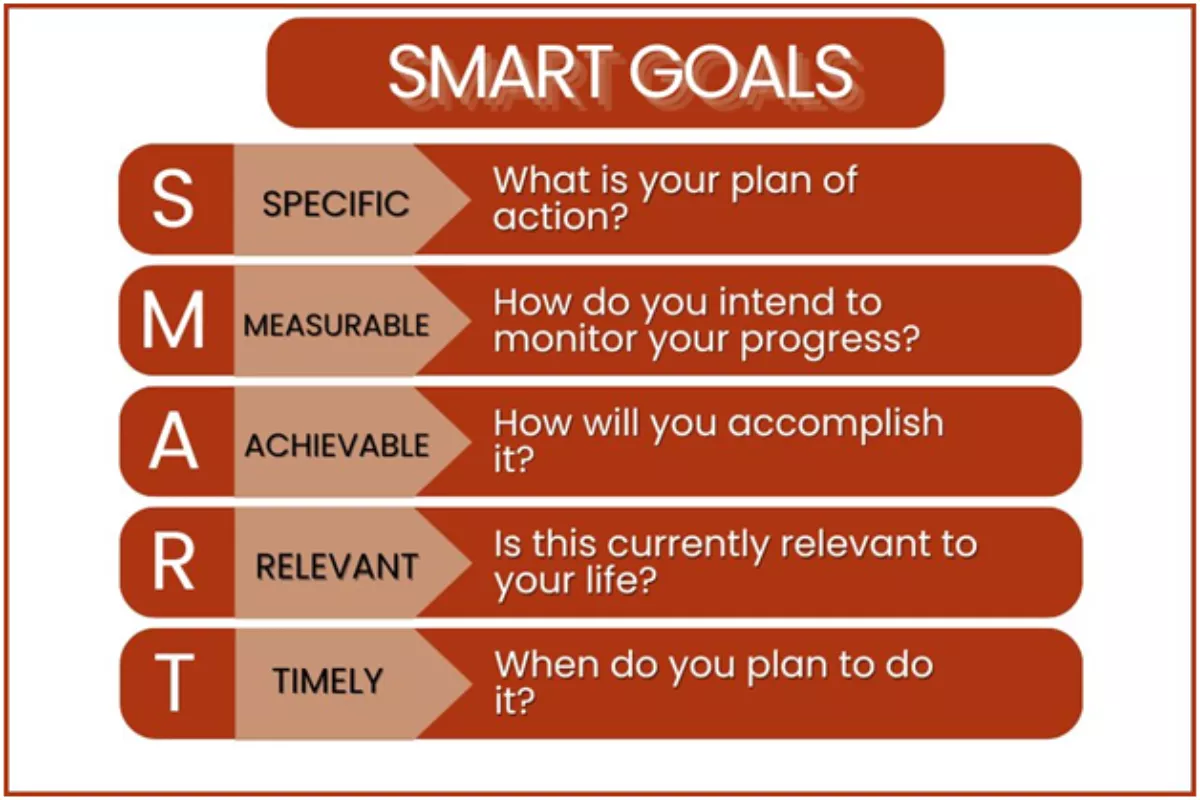A digital content strategy drives brand awareness, engagement, and conversions. Without a structured plan, content becomes inconsistent and ineffective. A clear strategy ensures content reaches the right audience, delivers value, and supports business growth.
This guide outlines essential steps to develop, execute, and refine a digital content strategy.
Table of Contents
ToggleWhat Is a Digital Content Strategy?
A digital content strategy is a roadmap for creating, distributing, and managing content. It includes blog posts, videos, infographics, newsletters, and social media content. The goal is to attract, engage, and convert the target audience while maintaining a consistent brand message.
7 Steps to Build a Digital Content Strategy
A well-crafted strategy increases reach, engagement, and impact. Each platform requires a unique approach to ensure maximum performance.
1. Identify the Target Audience
Understanding the audience ensures content resonates and drives engagement. Businesses should:
- Develop customer personas based on demographics, interests, and behaviors.
- Analyze competitors to identify successful content strategies.
- Address customer pain points by creating content that provides solutions.

A deep understanding of the audience leads to higher engagement and better content performance.
2. Define Content Goals
Clear objectives ensure content aligns with business priorities. Effective goals should be:
- Specific – Clearly define outcomes.
- Measurable – Track progress (e.g., increase website traffic by 25% in three months).
- Achievable – Realistic based on available resources.
- Relevant – Aligned with overall marketing strategy.
- Time-bound – Set within a defined timeframe.

A strong content strategy also establishes brand voice, messaging, and values for consistency.
3. Select Content Types
A diverse content mix keeps audiences engaged. Options include:
- Blogs – Provide industry insights and boost SEO.
- Videos – Showcase products, share stories, and drive engagement.
- Infographics – Present complex information visually.
- Newsletters – Maintain direct customer communication.
Interactive Content – Quizzes, polls, and surveys increase engagement.

Choosing the right mix enhances audience retention and brand authority.
4. Choose the Right Distribution Channels
Content must reach the audience where they are most active. Businesses should:
- Identify key platforms (e.g., LinkedIn, Instagram, email).
- Match content formats to channels (e.g., short videos for social media, long-form articles for blogs).
- Balance owned media and external platforms (e.g., company website, guest blogging, and social media).

A strategic distribution plan improves visibility and engagement.
5. Measure and Optimize Performance
Tracking results helps refine the strategy for better outcomes. Key metrics to monitor include:
- Website traffic – Number of visitors and engagement levels.
- Social media interactions – Likes, shares, comments, and reach.
- Conversion rates – Actions such as email sign-ups and purchases.
Regular data analysis ensures content meets goals and performs effectively.
6. Set Up a Content Calendar
A structured publishing schedule ensures content remains consistent. Businesses should:
- Plan content in advance with a calendar.
- Maintain a regular posting schedule to keep audiences engaged.
- Use automation tools for efficiency.
Consistency builds brand trust and audience loyalty.
7. Promote Content for Maximum Reach
Creating content is only the first step. Active promotion is key for wider distribution. Effective tactics include:
- Email marketing – Notifying subscribers about new content.
- Social media marketing – Sharing posts on multiple platforms.
- Guest blogging – Publishing content on industry-related websites.
- SEO optimization – Using keywords to improve search rankings.
Strong promotion strategies increase visibility and drive traffic.
Refining a Digital Content Strategy
A successful content strategy evolves based on audience preferences and market trends. Businesses should:
- Monitor audience feedback to refine content.
- Update outdated posts to maintain relevance.
- Experiment with formats and posting times to optimize engagement.
Continuous improvements ensure long-term content success.
Conclusion
A strong digital content strategy enhances brand awareness, customer engagement, and business growth. Identifying the right audience, setting clear goals, selecting effective content formats, and optimizing distribution channels maximize impact. Regular performance tracking and strategy adjustments drive sustained success in an evolving digital landscape.
Need help developing a content strategy that delivers results? Call (469) 827-7641 or email us to connect with a digital marketing strategist at MantraM Digital.
Last Updated on April 29, 2025
Subscribe And Receive Free Digital Marketing Tips To Grow Your Business
Join over 8,000+ people who receive free tips on digital marketing. Unsubscribe anytime.
At MantraM we strongly believe that every business or brand is unique and has its own blueprint. Just like we all have a unique purpose, so does every business. We specialize in Marketing, Social Media, & Facebook Ads.




